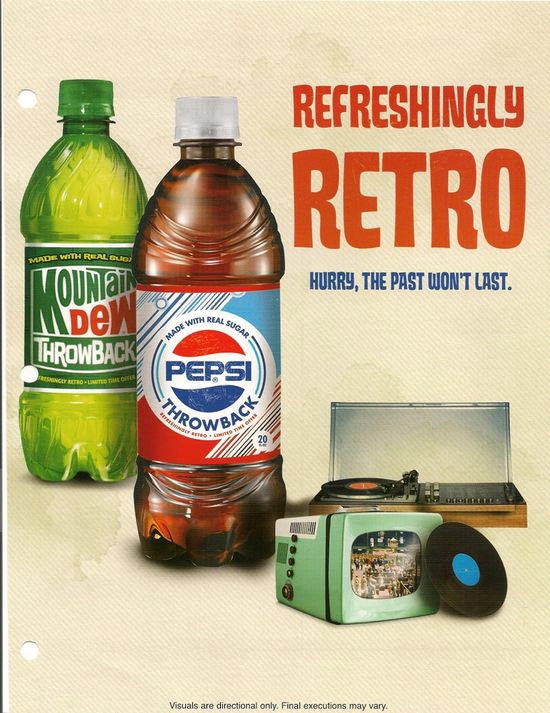
According to the chartered psychologist Ben Williams, the recent nostalgia brand boom is symptomatic of a society caught beteween a recession and a rapid rate of technological change.
"When times are good and life is easy, there is less nostalgia around, and when times are getting hard, people look back at the good old days. At the same time , the rate of changes is becoming too fast for many people. People find change exciting but also worrying. So thing that have been around for a while, or they remember from childwood , have an air or reability that helps them cope".
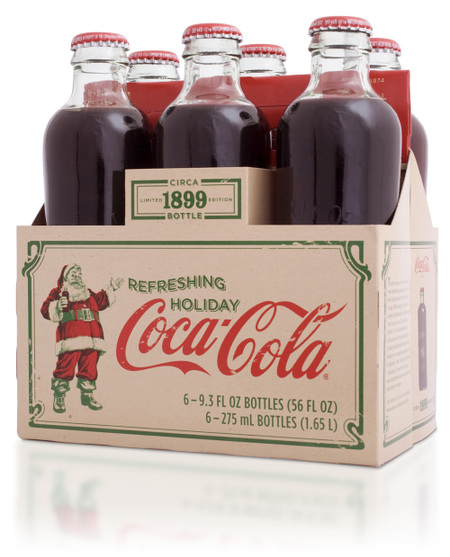
Retro Packaging is a perfect way to capture this willing of return to the past, to traditional colors , shapes making use of “natural” material like GLASS, PAPER and METAL.
It’s also called “Nostalgia design” and it helps to re-establish a relationship with “familiar” things and objectives used long time ago.
The “Retro packaging” mainly attracts adult and helps them to remind of their own past, where everything seemed to be more natural, hand-made and more tasty.
The materials used for packing deliver to the final product a “green-sounding” imagine and are generally easier to be recognised and to be collected.
Here some good examples of product which has made use of it!


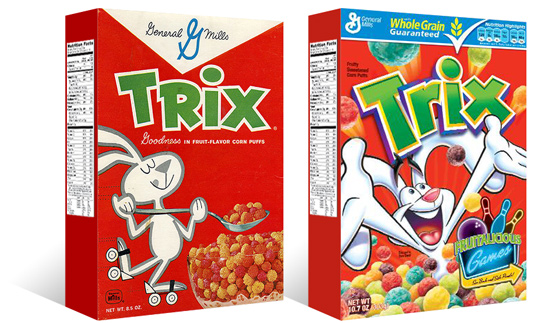
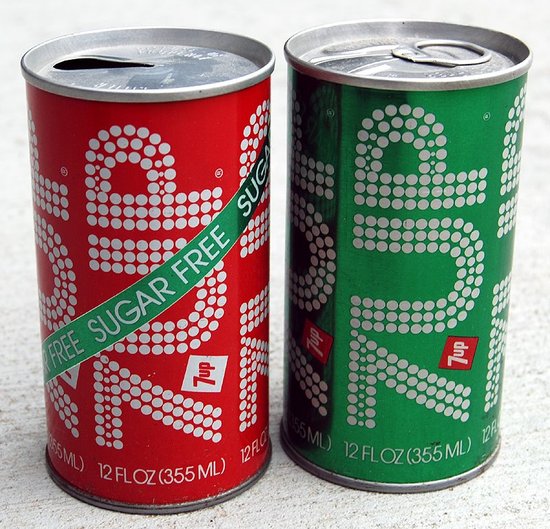
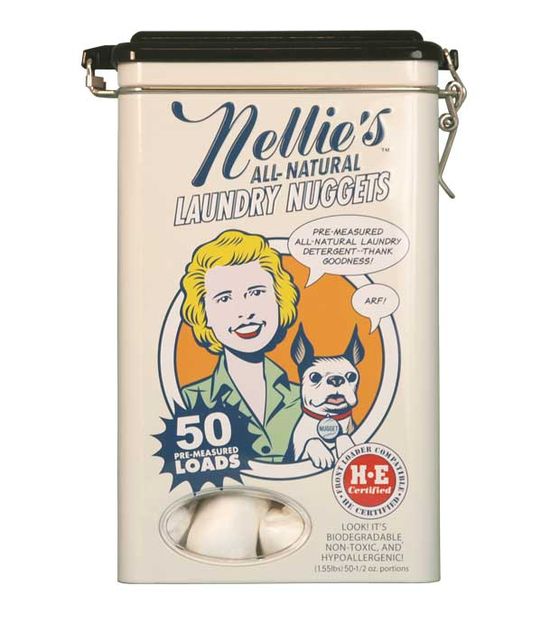
JUST RELEASED......
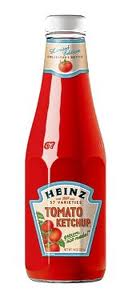
[ add comment ] ( 43 views ) | permalink | related link |




 ( 3 / 2342 )
( 3 / 2342 )
UNIVERSAL DESIGN refers to the design of products, elements, packaging and spaces that can be used with equal effectiveness by anyone, from the elderly or physically-challenged to children or pregnant women, irrespective of the user's abilities or degree of dexterity.
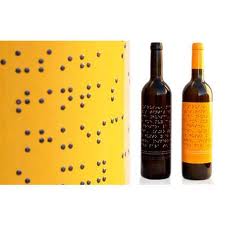 Braille Label
Braille LabelSpecifically, a product package is analysed and examined at each stage of the product cycle, both from the standpoint of its physical characteristics and in terms of its psychological and sensory appeal.
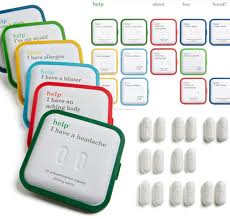
The lesson of UNIVERSAL PACKAGING DESIGN for converter is, stop thinking about ways to packed products and start to think differently in terms of who will be opening your container and how you can make it easier for them to get the most value out of it.
Added value is the heart of UNIVERSAL PACKAGING DESIGN and it's key to the converter's ability to meet the growing needs of the aging consumer base who is going to pay for it (see for example the impressive success of the DUTCH BOY container which has facilitated the DIY paiting!!!!!)
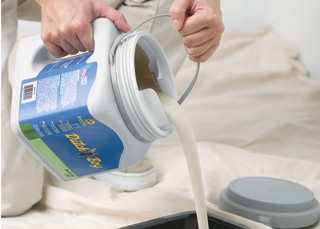
Key Elements to keep into consideration should be:
1. Equitable use - the deisgn must be useful and marketable to people with diverse abilities
2. Flexibility in use - The design accomodates a wide range of individual preferences and abilities.
3. Simple and intuitive use - Use of the design is easy to read, to understand , regardless of the user's experience, habits, knowledge, language skills or corrent concentration level.
4. Perceptible information - The design communicates necessary information effectively to the user, regardless of ambient conditions or the user's sensory abilities.
5. Tolerance for error - The deisgn minimizes hazards and the adverse consequences of accidental or unintended actions.
6. Low physical effort - The design can be used efficiently and with a minimum of fatigue.
7. Size and space for approach and use - Appropriate size and space is provided for approach, reach, manipulation and use regardless of user's age, body size, posture or mobility.
Here will follow a good solution which has facilitated a lot the can opening!!!!
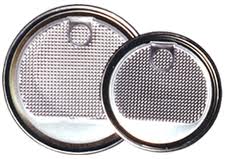
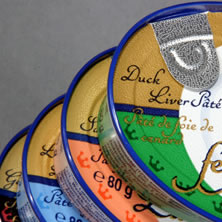
Easy Peel
[ add comment ] ( 87 views ) | permalink |




 ( 3.1 / 2097 )
( 3.1 / 2097 )ASEPTIC PACKAGING has been with us now for more than 45 years, and for much of that time the benefits of the technology were only really available to dairy and juice processors. But that didn’t stop the Institute of Food Technologists voting it “the most significant food science innovation of the last 50 years”, back in 1989. Since then, steady development has opened up more and more applications for aseptic packaging technology and a diverse group of manufacturers is now exploiting its advantages and try to develop innovate "breakthrough" solutions. The latest innovations seem set to take the technology still further into new markets. Throw in some strong green credentials and a rosy future for aseptic packaging looks assured.
The term ASEPTIC PACKAGING essentially means filling pre-sterilised packaging with pre-sterilised product in a hygienic environment. That doesn’t sound terribly exciting at first hearing, but turning that concept into reliable technology has had profound consequences for the food and drinks industries. ASEPTIC PACKAGING offers the possibility of presenting highly perishable food in a convenient form that remains in good condition for at least six months without refrigeration. Of course, traditional canning technology can do that too, and using a much simpler procedure. So what is so special about aseptic packaging?
The key feature of ASEPTIC PACKAGING is that the sterilisation of the product and the packaging are separate processes. This means that the sterilisation of the product can be optimised to protect its taste, colour and nutritional content, usually by heating rapidly in a heat exchanger, or by direct steam injection, to high temperatures (140 - 150 oC) for just a few seconds. This produces a safe heat process, but has a much less detrimental effect on the quality of the product. This gives aseptic packaging the potential to make a whole new range of foods available in a shelf-stable and convenient format.
That was exactly what Sweden’s TETRA PAK Company recognised when it launched the world’s first aseptic food package in 1961 and it's still the biggest market success today with more than 20 bio € turnover every year!
Here some innovative ASEPTIC FLEXIBLE PACKAGING solutions recently launched on the market which seems to cover well existing consumers needs.
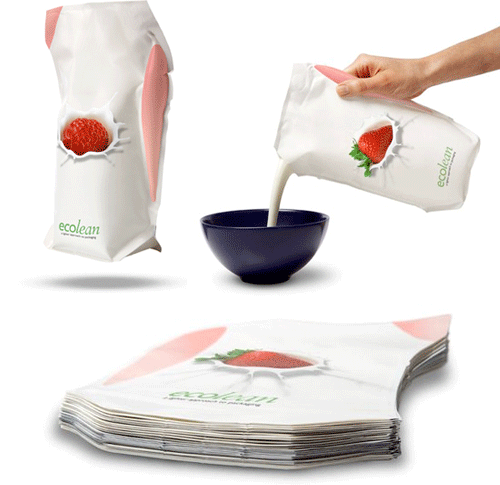
www.ecolean.com
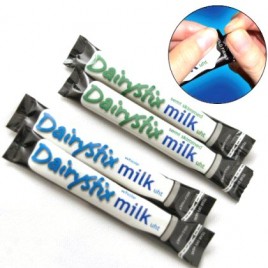
http://www.dairystix.com/
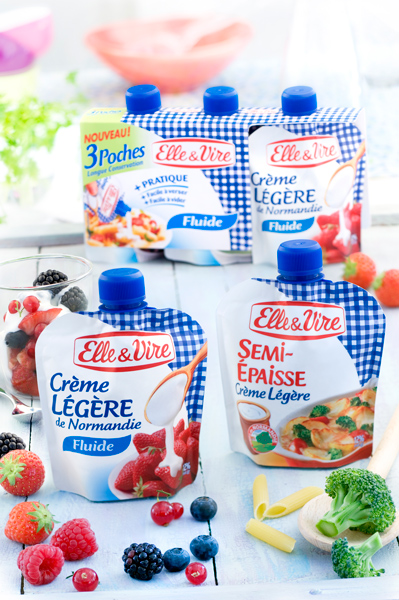 Read More...
Read More...[ add comment ] ( 195 views ) | permalink |




 ( 2.9 / 2309 )
( 2.9 / 2309 )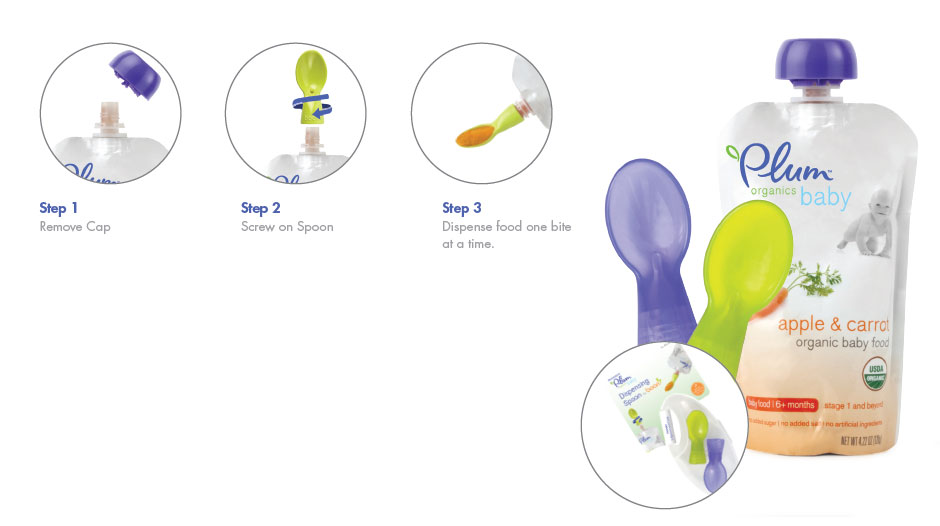
A STAND-UP POUCH (SUP) capped by a large reclosable and tamper-evident closure is a packaging format lunched successfully by The Nest Collective company in the States.
This baby and kid-focused consumer products company brings a whole new level of portability and convenience to its category by using a new
spouted pouch for packaging their Plum Organics line.
The company belives that this new pouch format is far superior to the glass jar, which is still the market standard pack in use world-wide.
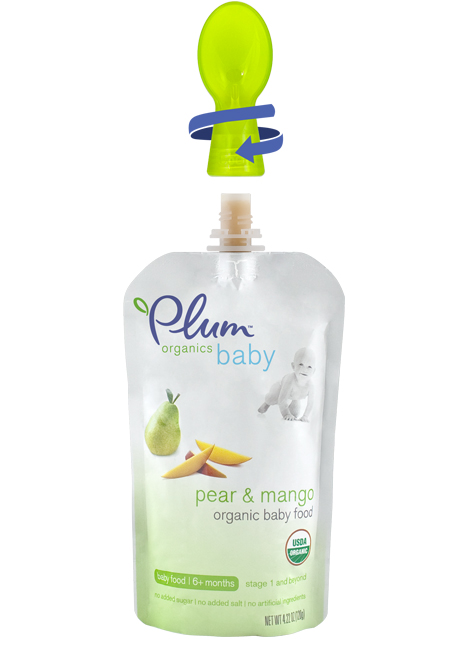
TWIST-ON SPOON. The lastest enhancement added to the Plum Organics line a twist-on spoon that delivers one-piece squeeze and feed convenience.
SIMPLY GREAT!!!!!
[ add comment ] ( 19 views ) | permalink | related link |




 ( 3 / 1209 )
( 3 / 1209 ).jpg)
Shelf-Ready Packaging (SRP)
This term is used to describe shelf units that demonstrate the following characteristics:
• Fulfilment of special handling and design properties in addition to logistical requirements
• Broadest possible advance preparation for sale at POS
Attractively designed, shelf ready packaging represents a strong dose of efficiency for retailers and manufacturers and a major aid to sell-through.
Requirements for Shelf-Ready Packaging
Retailers look for packaging that is simple and easy to open without a knife, demonstrates a high degree of shelf impact and is easy to dispose of once empty.
I. Right size
Optimised packaging format in terms of logistics, module dimensions and unit count for most effective sell-through.
II. Simple product identification and visibility
The information on the shelf-ready packaging must allow the POS staff to identify where the product belongs quickly and easily.
III. Simple to open
The packaging must be easy to open at the POS yet be robust enough to survive intact the entire logistics chain from manufacturer to retailer.
IV. Simple placement and restocking
Retailers look for shelf packaging that makes it possible to stock and restock the entire shipment of goods onto the shelves in one step.
V. Simple purchasing / quick orientation
Shelf placement and packaging design help consumers find the goods they desire more quickly.
VI. Simple disposal / return
Lowest possible material consumption for the shelf packaging. Ideally with use of durable transport containers.
Studies by the ECR Europe have shown that many common causes for out-of-stock rates at the POS are related to the last 50 meters:
• Inefficient shelf stocking
• Poor identification of goods
• Difficult-to-open external cartons
Shelf Ready Packaging (SRP) is a suitable solution for those problems.
SRP evolved from the basic requirements for disposable transit packaging as recommended by GS1 Germany:
• Protecting goods against damages
• Modularity in the logistics chain
• Marketing and sales-oriented requirements
• Consideration of product and manufacturer liability issues
• Process considerations for transport, warehousing and picking
• Adherence to packaging ordinances
• Consideration of cost aspects
SRP packaging also fulfils other so-called functional requirements. SRP represents a more effective application of resources than the exclusive use of disposable transit packaging:
• Lower out-of-stock rates at the POS
• Attractive product presentation
• Easier purchasing process for customers
• Increased planned and spontaneous purchases
• Increase in revenues
A video can better explain this new market request!!
http://www.youtube.com/watch?v=7UgqBcKaYyk
[ add comment ] ( 120 views ) | permalink |




 ( 3 / 1156 )
( 3 / 1156 )

 Calendar
Calendar